History/track driving impressions originally published in AutoWeek November 13, 1986; republished by the author
I pulled a knob on the dash turn on the ignition and pressed a button where the lighter had been to crank the starter. The engine fired with a blagga, blagga, blagga that echoed in my helmet like a headache remedy commercial. I slipped the column shifter into gear and eased into the line of vintage stockers at the Williams Grove Old Timers Reunion and onto the quarter-mile dirt oval that is Williams Grove Speedway.
The car is a 1957 Ford race car, specially built for the NASCAR competition of its era. And no sir, it is no replica. The Ford is a genuine wine veteran of Darlington and Dover and the scattered dirt tracks that made up the NASCAR circuit then.
The white two-door Custom was bought new by Fred Fiala, a Camp Hill, Pa, stone contractor and race car owner, persuaded that the moment was ripe for a foray into NASCAR racing. After about 100 street miles, the Ford was bundled into a barn in Brogue, Pennsylvania, for its conversion into a racer. A visit was made to the fabled Holman & Moody shop to buy parts and see how a real NASCAR racer was made.
Even in the old days, when stock cars were presumed to be truly stock, modifications were permitted. Some, in fact, were required.
Most modifications came under the heading of reinforcements aimed at helping the cars take the pounding of the racetrack. Back in the barn, Ed Stauffer, Davey Brown, Glen Rudisill and Pennsylvania short track hotshot Johnny Mackison welded the body seams and reinforced the radius rods and A-arms.
The suspension was beefed with a heavier right front coil spring and four extra leaves in the right rear. Roundy-rounders, you’ll recall, have a habit of turning left). Stock heavy-duty Ford spindles were installed, as well as a monster front sway bar. Shocks were Gabriel, brakes Grey Rock metallic, and a special heavy-duty limited-slip Ford rear end came from Holman & Moody. Wheels, also from H&M, had double centers for strength.
For safety, a full roll cage was fitted, the doors were bolted shut, and a lap belt was fastened to a reinforced floor. The rear seat was removed (if the car had one; “business coupes” came without), but the rules required full upholstery and called for all windows to remain, although they had to be rolled down during a race.
The dash was mostly stock, but the original wide-sweep speedometer was replaced by a sheet-metal panel housing a Sun tachometer and Borg-Warner gauges for fuel, ammeter, and oil temperature and oil pressure. Trap doors, opened by ropes and pulleys, allowed the driver to check on front and rear tire wear. A windshield wiper with dual blade-mounted squirters was fitted for dirt track use, with a bulb-type pump for extra pressure.
The rear fenders were pulled out for more clearance, the front bumper was reinforced and the rear bumper was bolted to the fender with extensions to prevent hooking another car. Plywood was installed over and under the stock fuel tank to help keep it from bursting on rough tracks. For running on dirt, special screens were mounted in front of the radiator.
The original motor was built by Davey Brown, but the current engine is a 1958 vintage Holman & Moody 312cid Y-block with 10.5:1 compression. A single Carter four-barrel sits on a wedged spacer (leaning the carb to the left), on a stock intake manifold. Exhaust manifolds, in compliance with rules of the day, are stock. Horsepower, regardless of what it says on the hood, is about 300.
On May 30, 1957, Mackison debuted the car at Lincoln Speedway in New Oxford, Pa. The throttle stuck and the car went for a violent roll. Even so, the car was repaired in time for the Southern 500 at Darlington, the first time it (or Mackison) raced on pavement and on such a large track. For a small-time team Darlington must have been an intimidating spectacle. But despite Mackison’s inexperience and the pit crew’s limited equipment – they changed wheels with tire irons, the big guys head air wrenches – Mackison finished eighth. Later the Ford ran in the last Grand National race run on Daytona Beach. It retired with engine trouble.
The Ford’s competition career was soon to come to an end. When the team went to Dover for the Grand National race, the engine blew in a big way. The team ordered a replacement from Holman & Moody, unbeknownst to Fiala, and he was not amused. He locked the car in a barn, where it remained until after his death 20 years later.
The Ford’s present owner is Jim Simmons of Wyomissing, Pa. Simmons had the car restored to original condition by Gene Shalters, owner of G&S Autobody in Womelsdorf, Pa. If the “before” pictures are any indication, the life of a stock car in the 1950s most definitely was not an easy one.
I found out as much at Williams Grove.
Out on the track, the car slammed and bounced through the bumps and ridges of dirt, the exhaust echoing underneath as the car shook and rattled like a mariachi’s maraca. Still, its handling is surprisingly impressive. The steering wheel is wrapped in electrical tape, like an old baseball, and it takes only a nudge to bend the Ford into a corner, which it slips through as if tethered. The tail end comes out with throttle and points the car down the straight. In the corners, the A-pillar and roll cage block in my view of the track.
Neither the car or Mackison achieved national fame. Success on the local tracks was enough for the small team. And thankfully so. For it was its brief career – and Fiala’s pique – the saved the Ford for another generation to enjoy.



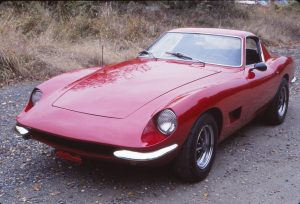
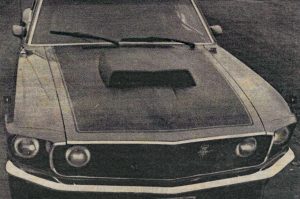

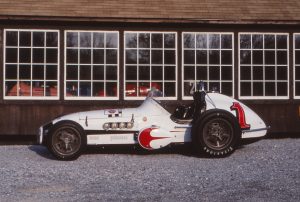
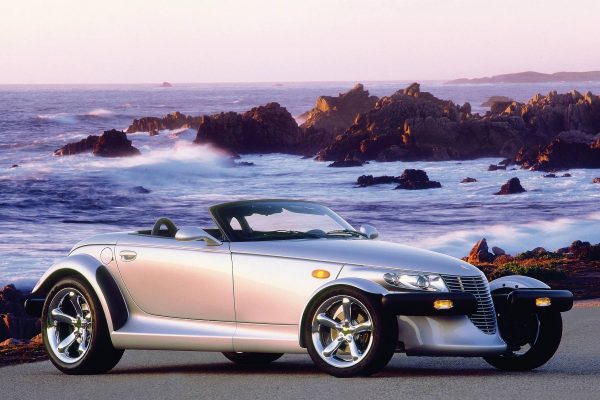
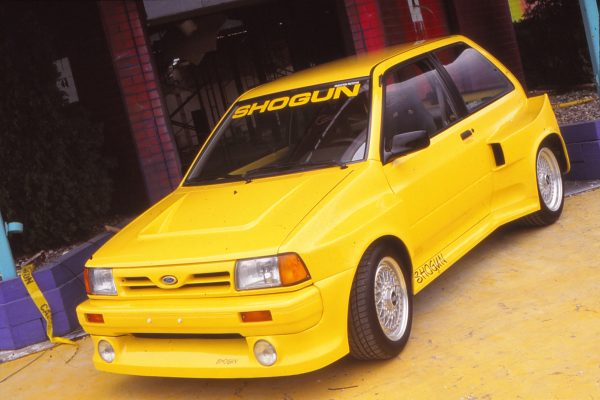
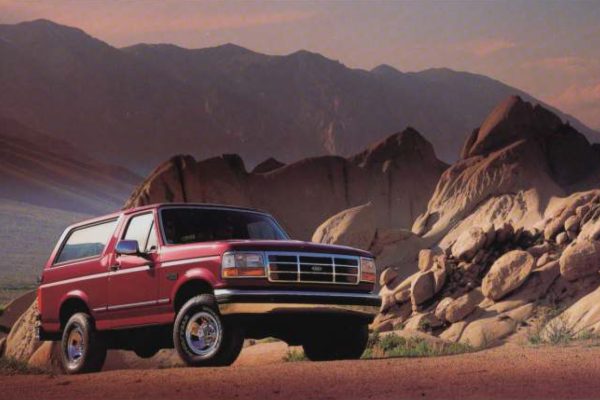
What Do You Think?
You must be logged in to post a comment.